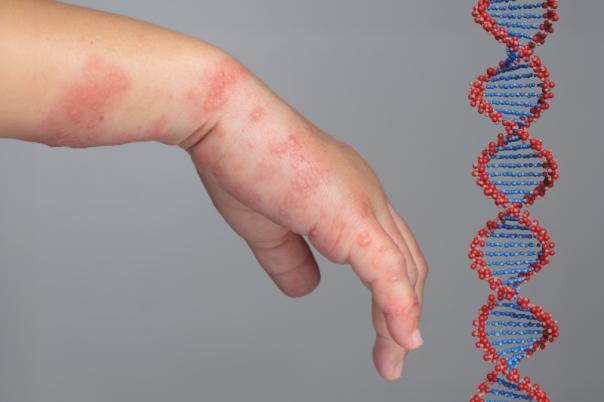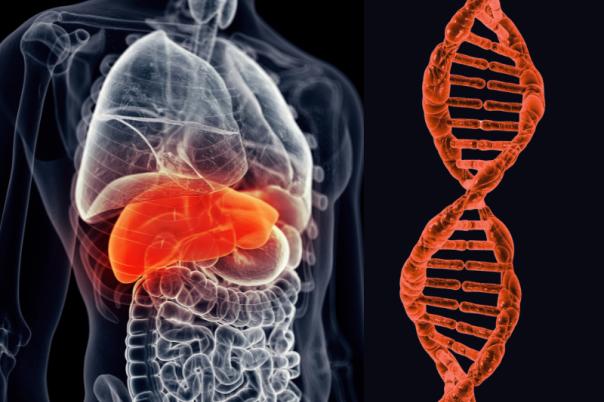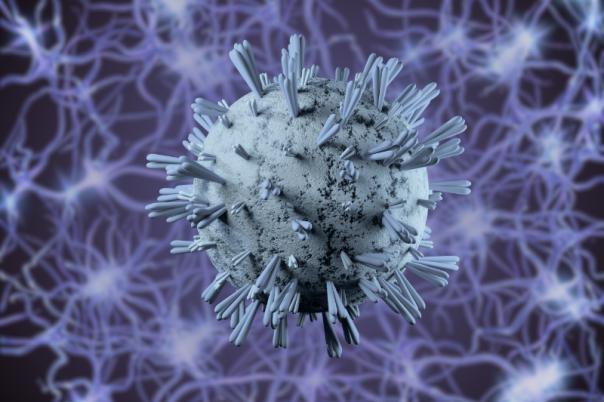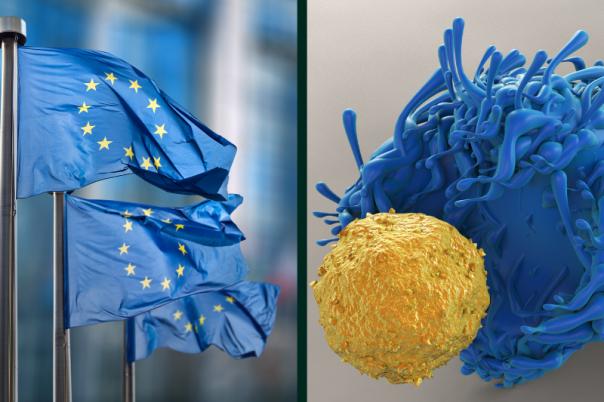Catia Andreassi, Director at AviadoBio introduced AviadoBio a unique spin-off from Kings College University London that develops gene therapies to treat neurological disorders such as frontotemporal dementia and ALS. AviadoBio’s main strength is that together with gene therapy vectors it can develop a specific delivery approach. For instance, with one of their main candidates AviadoBio 101, vectors were injected in the thalamus which has fibres that connect to the entire cortex. This structure allows for increased dissemination of proteins.
Andreassi explained that: “Our gene silencing therapies are based on vMiX. vMiX is a proprietary micro-RNA platform that again relies on AAV for dissemination.” The platform is highly versatile and relies on an miRNA expression cassette that functions by exploiting an endogenous mechanism that all cells have to dampen protein expression.
The technology relies on two microRNA types that are complementary to one another: guide RNA which targets the miRNA of interest and passenger RNA. Andreassi stated: “The passenger is reverse complementary, so it will not be able to target the gene, the miRNA of interest and actually can produce off targets effects if it’s not degraded.”
The end goal is that the passenger species is removed, and the guide RNA continues to build up to perform gene silencing. A key advantage of vMiX is its versatility, as it allows multiplexing to target multiple genes or transcripts simultaneously. The platform also ensures safety and specificity through careful optimization of the miRNA constructs, minimizing off-target effects.
AviadoBio has implemented a rigorous process of miRNA optimization, focusing on enhancing the guide-to-passenger RNA ratio. The guide RNA silences the harmful gene, while the passenger RNA, if not properly degraded, can lead to unintended effects. The company uses next-generation sequencing (NGS) to analyse and refine the performance of its constructs. Both short-read sequencing, which offers high accuracy for small fragments, and long-read sequencing, which captures full-length transcripts and structural variations, are employed. This comprehensive sequencing strategy has enabled AviadoBio to address challenges in miRNA processing and design constructs that are both effective and safe.
In the future, AviadoBio plans to expand the use of NGS in its research to further enhance the precision of its therapies. The company attributes its rapid progress to its talented team, specifically key contributors in miRNA design, sequencing analysis, and clinical development.





